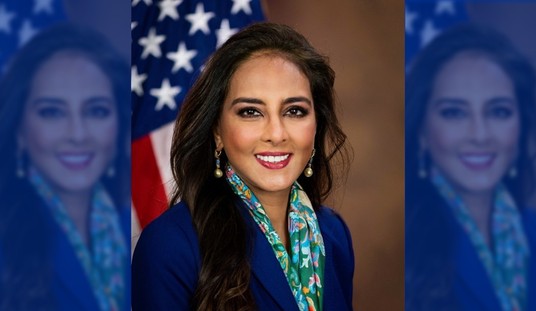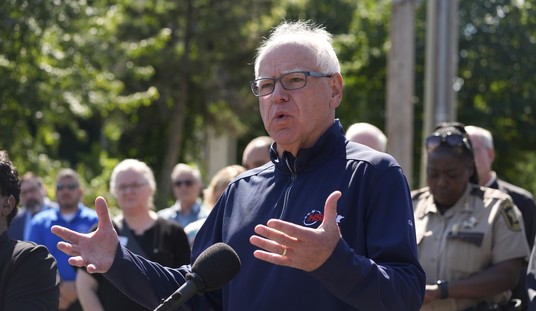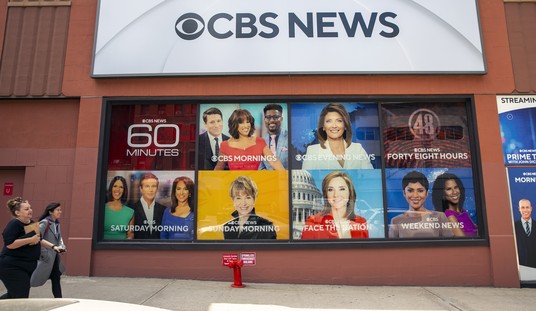It seems folks in media are finally accepting that the age of establishment media is drawing to an end. The ability of legacy media outlets like CNN, The New York Times, The Washington Post, NBC News, and others to dominate and shape narratives has diminished to near irrelevance, and this particular swan song could not sound lovelier to my ears.
Authors Jim VandeHei and Mike Allen, in a piece for Axios, acknowledged that the shift toward digital media has concluded. The article, titled “Behind the Curtain: The Big Media Era is Over,” the authors discuss America’s radically shifting media landscape. Traditional media dominance is now in shambles, with the 2024 election marking the definitive moment where our once-cohesive news apparatus is fractured beyond repair.
In its place, we have many newer news outlets using various digital methods to disseminate news, information, and ideas. The authors refer to this as America’s “shards of glass era,” in which information reaches us in splintered pieces through micro-platforms, podcasts, social media influencers, and other methods rather than television news anchors or print columnists.
Here’s the thumbnail sketch: The stranglehold that legacy media outlets once held over national narratives and the distribution of information has been loosened, the captives have been set free, and Joe Rogan, a comedian and podcaster, is more important than CNN’s Anderson Cooper when it comes to spreading ideas.
Politicians have taken notice of this nascent trend, especially during the 2024 campaign. Former President Donald Trump reached far more male voters with his three-hour conversation with Rogan—amassing a whopping 33 million views over a single weekend—than he would have in an appearance on Fox News, CNN, and MSNBC combined.
Vice President Kamala Harris has also gotten with the times, appearing on digital youth-oriented platforms. She appeared on Alex Cooper’s “Call Her Daddy” podcast to reach young women—a move that garnered much more engagement and attention than major networks could.
As White House communications director Ben LaBolt noted, “Whether you're president or CEO, when you reach the [network] evening news, you're only hitting [a total of] 20 million Americans — and we’ve increasingly found that Americans 35 and under aren’t consuming news from traditional outlets at all.”
In another Axios piece, the authors explained that with the democratization of media, the nation will have a more multifaceted media environment.
“Instead of Red America and Blue America, we’ll have a dozen or more Americas — and realities,” the authors wrote. Each of these is shaped by various “bubbles” of information and ideas catering to specific ideologies, ages, and hobbies.
Of course, this perspective from the authors comes with the obligatory expression of concern about the spread of “disinformation” and “misinformation,” which has become one of the left’s favorite buzzwords of late. Axios’ Sara Fischer warned that “when attention is scattered across scores of shards, it’s easier to propagate conspiracy theories and manipulate ‘news.’”
Am I the only one who thinks it weird that none of these people ever expressed worries about the deluge of misinformation that has come from establishment media outlets for decades?
While traditional media will still have a place for years to come, it is apparent that we are in a new era, one that has given more people a voice. The gatekeepers at legacy news outlets no longer have the power to create and shape narratives aimed at influencing the public. Now, more people have a say whether the powers that be like it or not.
It is difficult to predict where this trend will lead. The possibilities are endless. The rise of alternative media could fundamentally alter how politicians do politics, prompting them to tailor their messages even more narrowly to appeal to a multitude of specific audiences. Candidates could craft various forms of messaging aimed at attracting more specific niches of voters.
They might also focus less on pushing policy discussions and instead use emotional, identity-driven appeals. They might employ a more rapid-fire delivery approach to appeal to those using platforms like TikTok or X.
This could also lead to a more polarized political discourse. With more people having the ability to chime in on the issues of the day and the influence of algorithms intended to keep people using their platforms, the echo chamber effect will become more pronounced.
Further compounding the issue is online influencers who are driven—and paid—by clicks. This already incentivizes these individuals to rely more on sensational, outrage-inducing content rather than content that is aimed at informing an audience or sparking important discussions.
This also creates a quandary for consumers of information, who traditionally had only a few networks to get their news. While the left typically uses the term “misinformation” as a political cudgel against their opponents, the problem is real. The democratization of media allows more dishonest actors to influence people into believing false narratives as well. As time goes on, consumers will have to become more savvy when it comes to discerning lies from truth.
Still, this could be a welcome development as it becomes easier to debunk false narratives coming from the government or other media outlets. The free market of information can create an environment in which it is easier to find the truth. For better or worse, America has entered into a brave new world of media.













